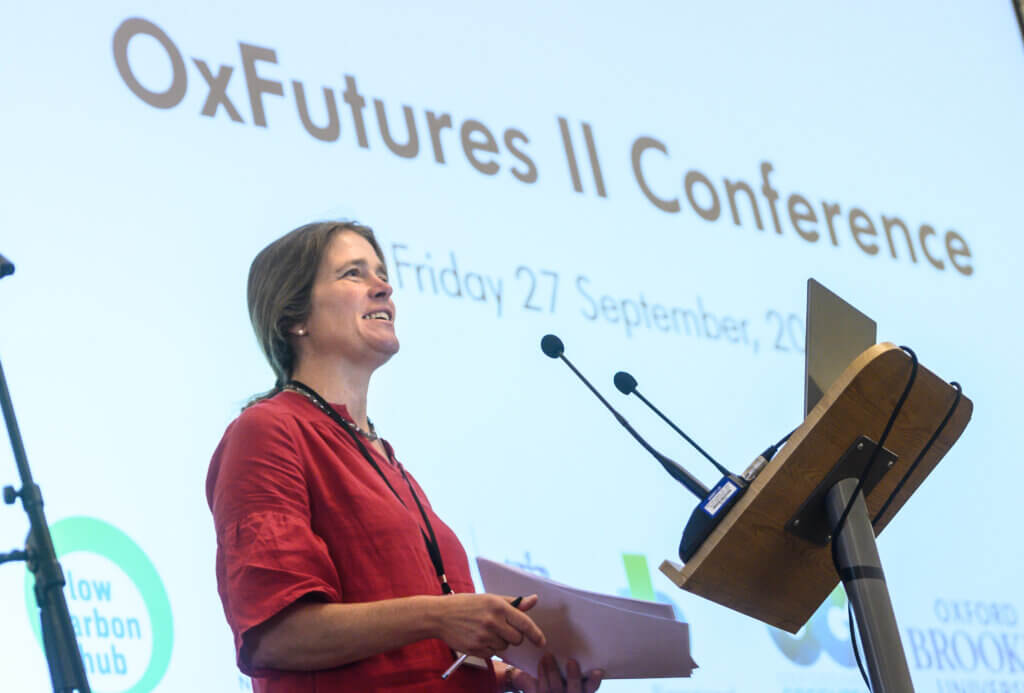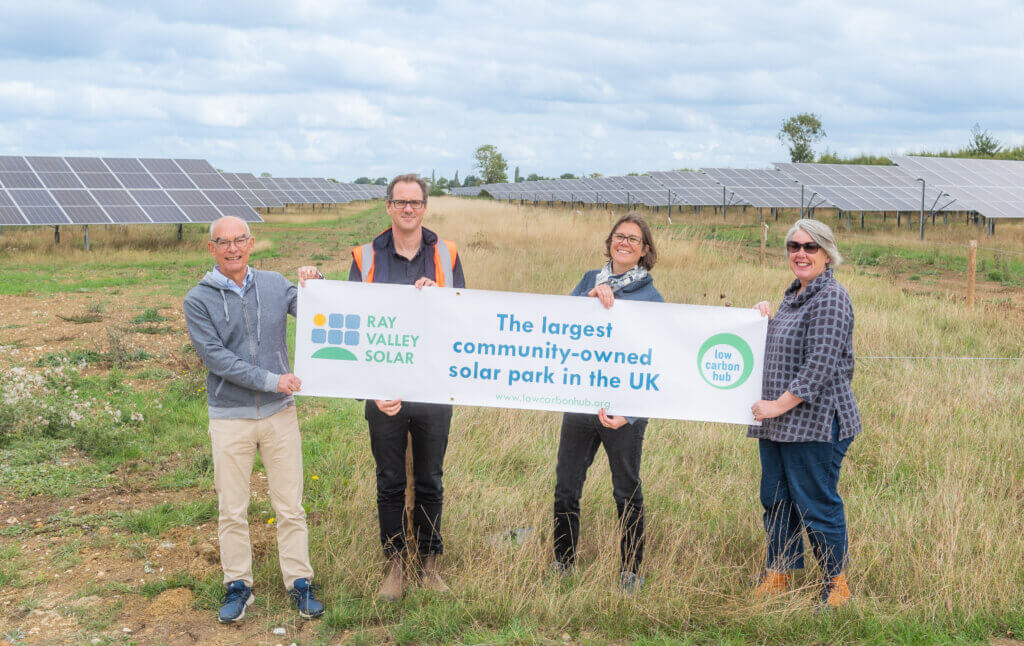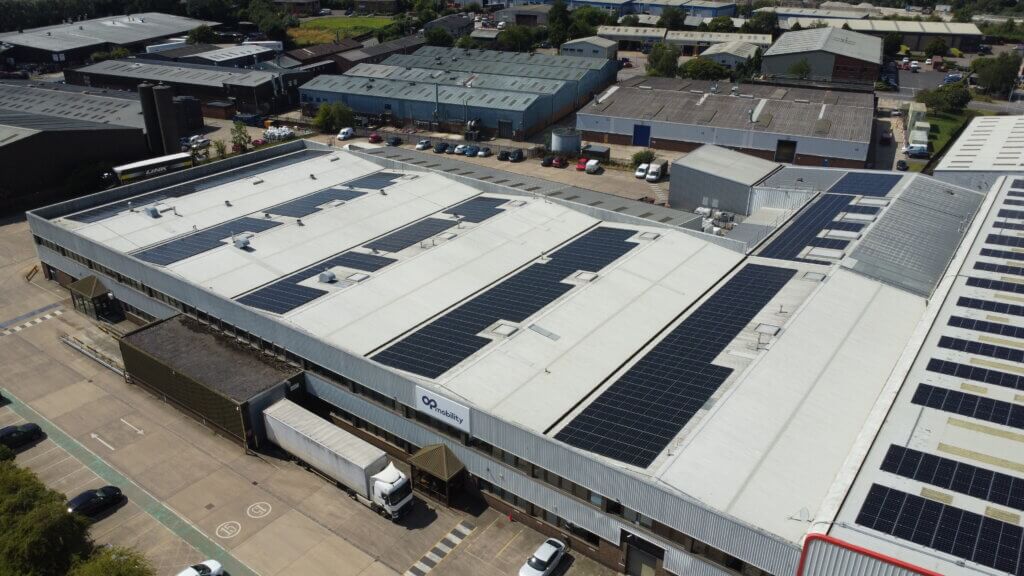Oxfordshire Leading the Way
At the recent We Are Oxfordshire event, I spoke about Oxfordshire’s journey towards a better energy system. The theme, “Pioneering green: it’s in our nature,” couldn’t be more fitting for our county, which has been at the forefront of the zero-carbon transition for many years now.
We have just published our 10-year strategy and so here I’d like to reflect on the journey so far and the work we still have to do.
How Oxfordshire became a green pioneer
Oxfordshire has been leading the way since 2010, when the Feed-in Tariff sparked our local energy revolution. Backed by the City and County Councils, we developed the Low Carbon Hub and launched the OxFutures Horizon 2020 programme to promote early adoption of distribution-scale renewable energy. This partnership continued with OxFutures2, which supported SMEs in decarbonising and innovating in the green economy space.
Consistent support means consistent policy, and that’s been key. In 2014, the Low Carbon Economy Report revealed that Oxfordshire’s green economy already contributed over £1 billion to local GDP, while local energy production could keep an additional £1.5 billion from leaving the county in energy costs.
Since then, the Pathways to a Zero Carbon Oxfordshire report has shown us how we can continue to lead through its Oxfordshire Leading the Way scenario. It has now been followed by the development of the Local Area Energy Plan for Oxfordshire which focuses on the practicalities of how we shape our energy system to deliver zero carbon renewable electricity for our heat and transport needs as well as powering our lights and appliances.


Why sustainability is in our nature
The phrase “it’s in our nature” resonates deeply. But it also poses a challenge: How do we ensure our landscape and soil remain rich in wildlife while farming sustainably? How do we wisely farm our land for both food and renewable energy in a way that benefits both people and nature?
Our role in Oxfordshire’s green future
Since 2010, the Low Carbon Hub has worked closely with local authorities, universities, DNOs, and—most importantly—our communities. Together, we’ve made Oxfordshire a leader in climate action, and we plan to continue this vital work through 2050.
With our portfolio of renewables, we’re set to generate tens of millions of pounds in community benefit over the coming decades. But if we are to tackle fuel poverty, decarbonise SMEs, and avoid overwhelming the grid, we need even greater investment and stronger partnerships.
Oxfordshire has a unique opportunity here, and we must use it wisely.


Living and working in Oxfordshire’s wonderful environment
Personally, I fell in love with Oxfordshire back in 1979 when I arrived at Corpus Christi College as one of its first female undergraduates. I’ve never wanted to leave. Oxfordshire is a wonderful environment, not just because of its nature but also because of its people. Both need our care and protection.
Balancing growth and environmental protection
To ensure Oxfordshire’s natural and human ecosystems remain healthy, we need to balance growth with environmental protection. This won’t be easy, and talking about it is just the first step. We need visible changes that our communities can understand and support. Without this, there’s a real risk of division and a loss of momentum in climate action.
How can Oxfordshire be a green economy exemplar?
I don’t have all the answers, but here are a few thoughts:
- Sustaining our home: Our economy must sustain our home—both environmentally and economically. It’s not just about the shareholders’ bottom line; it’s about caring for where we live.
- Innovation across disciplines: We need to harness the incredible resources of our universities, businesses, and communities, combining arts, humanities, and philosophy with STEM disciplines to innovate for the future. Every new product and service must be technically feasible, commercially viable, and socially (and environmentally) desirable.
- Reimagining our landscape:
- How can we regenerate, enhance, and restore our land?
- How can we rewild not just our countryside but our towns and cities?
- How can we produce energy in a way that strengthens our ecosystems?
- And most importantly, how can we engage our people in these efforts?
The role of community energy in our future
Community energy is one model for reimagining economic activity. It offers a fair return on investment and involves people in the process. At the Low Carbon Hub, we believe community energy must be central to the transition to a zero-carbon energy system.
Want to learn more? Read our strategy to see the ambitious goals we’ve set for the next 10 years. We’d love for you to join us on this journey.
Want to invest in community energy? See our latest investment opportunities here.
